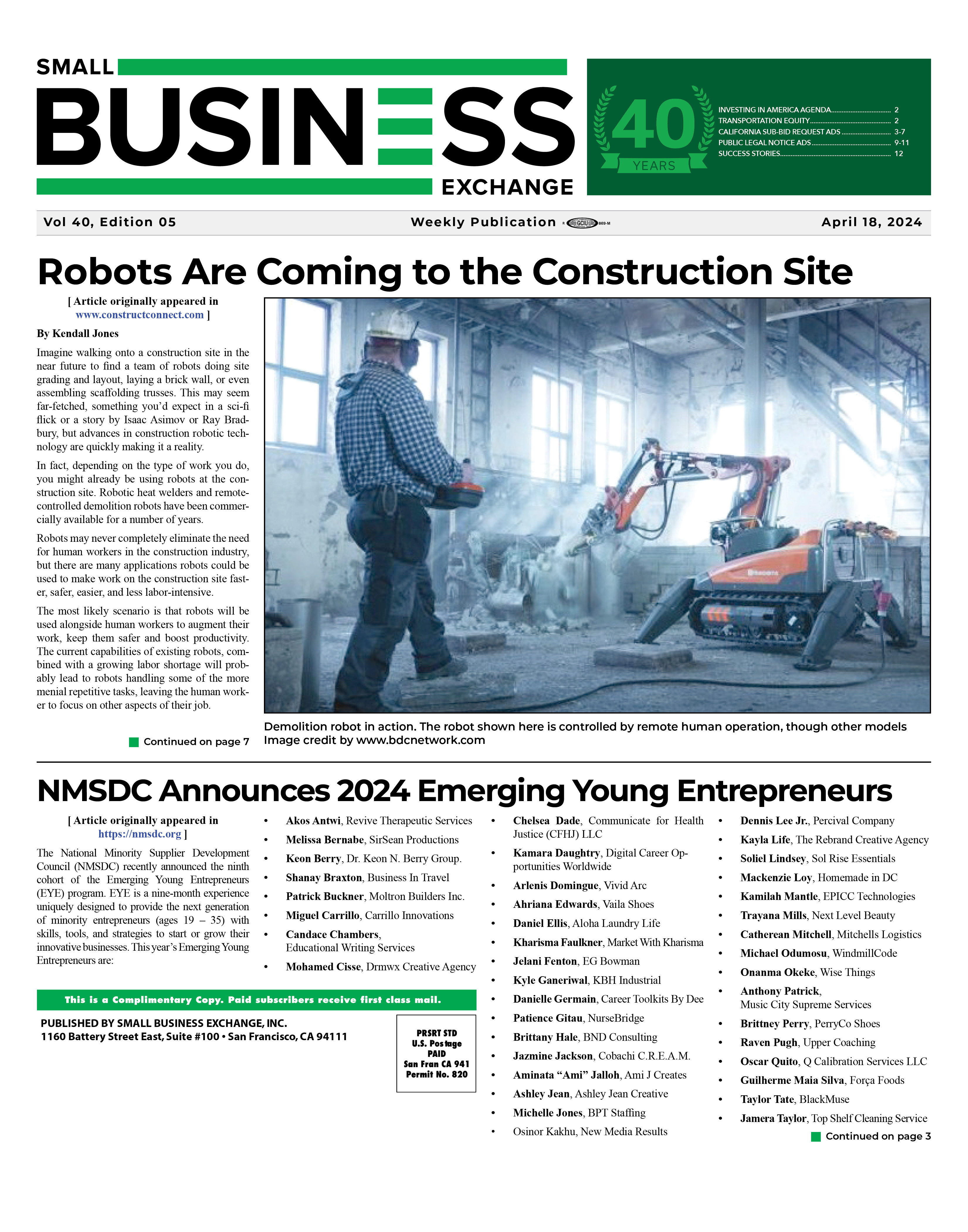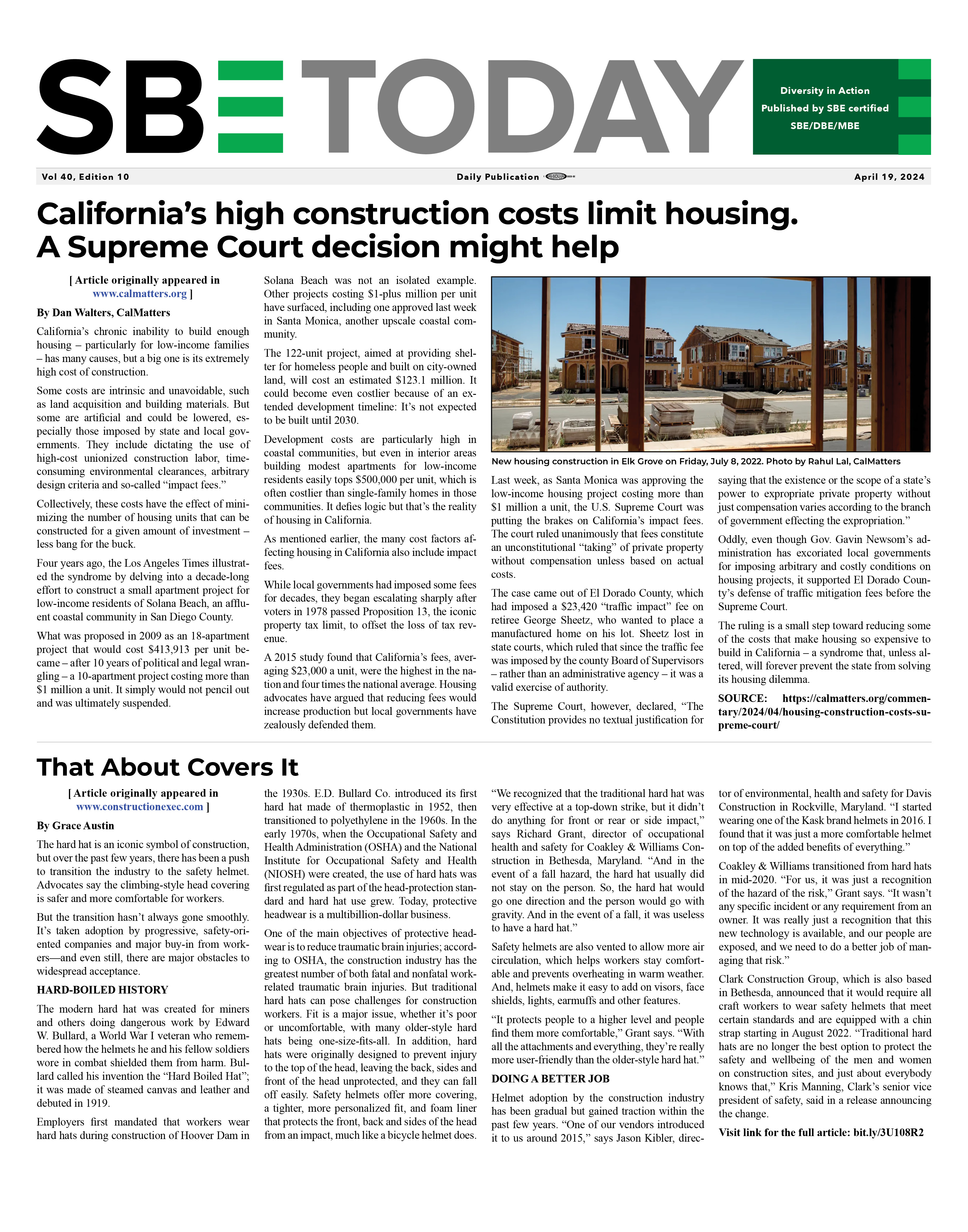By Emily Newton,
The growing global economy and expanding e-commerce marketplace mean retailers must figure out smart ways to keep up with the competition. Warehouse management and logistics will be two things differentiating successful entrepreneurs from unsuccessful ones. As a business grows from the founder’s garage or a small storage unit to something much more significant, they might wonder if they should outsource order fulfillment.
Amazon’s model for online retailers is one worth taking notice of. Those selling on the platform can either ship items one at a time as consumers purchase them or they can box up the items, mail them to Amazon, and let the company handle fulfillment. Amazon isn’t the only company serving as a third-party fulfillment provider. It is one of the most recognizable because the model works so well for the consumer and businesses.
What Are the Pros and Cons of Choosing to Outsource Order Fulfillment?
As with any convenience service, outsourcing order fulfillment
isn’t all sunshine and roses. Some of the pros include a set-and-forget mentality, faster turnaround times, and freeing leadership’s time for more creative pursuits. Cons are the added cost and losing control of packaging and thus branding.
For most companies, the benefits outweigh the concerns. However, each situation is unique. Here are some additional elements to consider when deciding whether to outsource order fulfillment to a third-party logistics (3PL) company.
1. Save Storage Space
Having enough space to store massive amounts of inventory isn’t cheap. Depending on a company’s location, the costs can add up fast. It might be cheaper to have a 3PL store inventory and fulfill orders because the items reside at their warehouse.
Saving on space often saves a brand money, as they can lease a smaller building and sell off shelving and other storage equipment. The company won’t need space for boxes, packaging materials, and scales, either.
2. Speed Up Order Processing
Companies face challenges in hiring enough employees to get items from Point A to Point B quickly. Not only does someone have to pull the order, but they also have to locate the item in the warehouse, pull it, box it, add an invoice, create a label, tape everything up, and schedule a pickup or take it to a delivery carrier.
In an understaffed company, the steps to
complete the order in a speedy manner may be more than a growing brand can handle. Outsourcing order fulfillment to a brand specializing in inventory control and logistics means packages get sent out the minute the customer orders something.
3. Reduce Shipping Costs
Depending on where the majority of a company’s customers reside, it
might save shipping costs to have a fulfillment center mail out orders. For example, if the brand allows Fulfillment by Amazon (FBA) to process orders, they’ll send the items to one of their shipping centers or warehouses in specific geographic locations that are central to the rest of the country.
4. Shift Focus to Growth
Utilizing a 3PL lets the company’s leaders worry less about the logistics of storing products, finding them, and mailing them out. Instead, they can focus on ways to save on new inventory, find better sourcing partners, and think up ways to market their products to new audiences.
The company also won’t have the constant concern of finding enough space to scale up as quickly as the owners would like, since the 3PL handles storage concerns. For example, with FBA, the business ships the items or has their supplier dropship them, and Amazon stores them until they sell. In the meantime, the brand can try new and different products, seeing what sells best for a particular business model.
5. Eliminate Errors
Some of today’s top warehousing technologies allow for precise order fulfillment. While a smaller business might not be able to afford all the bells and whistles of artificial intelligence and robotic automation, a 3PL can, and then pass on the advantages to their clients.
One example is Kroger warehouse automation centers. The company is in the process of
equipping the centers with 1,000 robots capable of picking an order in mere minutes, thus speeding up the fulfillment process.
Tapping into AI also allows fulfillment centers to reduce human error. Customers won’t receive the wrong product, improving the user experience.
6. Embrace Lean Structure
A lean structure allows brands to save money by reducing the needed warehouse space. However, the business also removes the need for warehouse management and some inventory control measures. For example, automating systems means when a popular product has low inventory, an automated reorder system sends a request to suppliers.
Lean structure eliminates some of the employees a brand needs to manage order fulfillment. More focus goes to customer service and communication with buyers. A current customer can be worth more than a new one, so improving the overall satisfaction rate means repeat orders and potentially larger ones.
Are You Ready for 3PL?
Each business must decide if it’s ready for third-party logistics. Fulfillment may not be beneficial to a small-scale brand with only a few products. However, as the company grows and orders increase, it could help spur the growth by
taking the responsibility of fulfilling orders and placing it with professionals in the industry.




